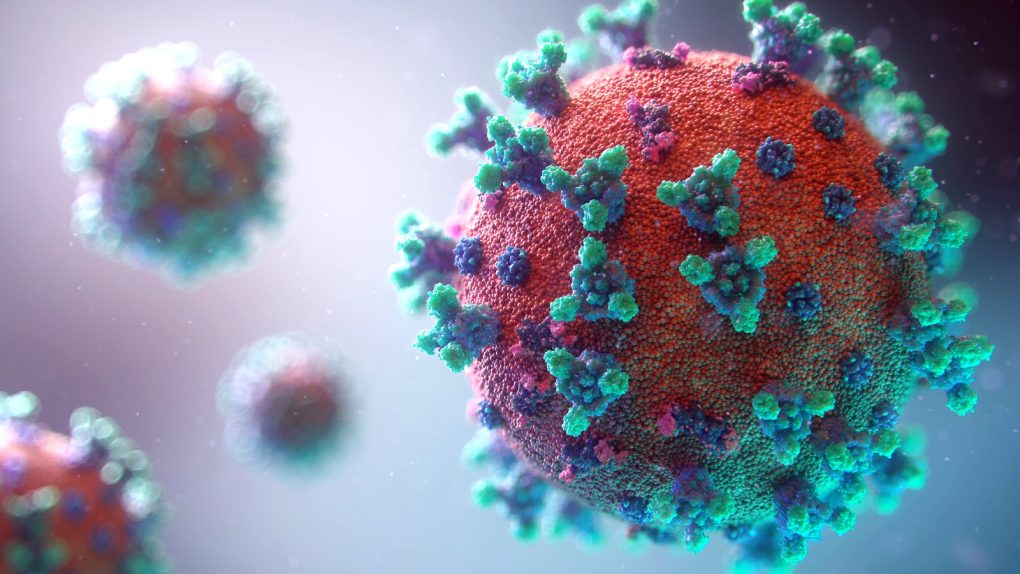- Researchers at the University of Michigan analyzed data from nearly 400 coronavirus patients and developed an algorithm that can predict which patients are likely to get worse over time.
- The algorithm utilizes machine learning and takes into account a number of vital signs, including heart rate, respiratory rate, and blood glucose levels. The algorithm was found to be particularly accurate after accumulating 48-hours worth of patient data.
- If an at-risk coronavirus patient is identified early, it affords physicians more time to consider and implement aggressive treatment options.
- Researchers note that the algorithm can be integrated into existing clinical support software.
One of the more bizarre things about the coronavirus is that it impacts people in profoundly different ways. While some people who come down with the virus are completely asymptomatic, others can typically experience a range of severe symptoms. What’s more, many coronavirus patients tend to experience a number of lingering symptoms for weeks and months after the initial diagnosis. This condition, which is called long COVID, can even have a serious impact on a patient’s cognitive abilities.
In a similar vein, when a patient experiencing coronavirus symptoms is admitted to a hospital, it’s hard to predict if their condition will clear up with a few days of treatment or get progressively worse. To that end, a research team from the University of Michigan recently developed an algorithm designed to address this very issue. The algorithm is based on clinical data obtained from 398 hospitalized COVID-19 patients over the course of three months.
The algorithm utilizes machine learning and takes into account several predictive variables, including a patient’s oxygen saturation levels, respiratory rate, heart rate, blood pressure, and blood glucose levels.
The research study, which was published in the British Journal of Anesthesia, notes that the algorithm can predict, with a high degree of accuracy, when a patient is likely to die or require ventilation.
Knowridge reports:
The team assessed the data points of interest at 4, 8, 24, and 48-hour increments, in an attempt to identify the optimal amount of time necessary to predict—and intervene—before a patient deteriorates.
They found the closer they were to the event, the higher their ability to predict, which they expected.
But they were still able to predict the outcomes with good discrimination at 48 hours, giving providers time to make alterations to the patient’s care or to mobilize resources.
The researchers add that the algorithm can easily be integrated into existing clinical support software. All told, the algorithm makes it easier for physicians to identify which COVID-19 patients are likely to require additional support and resources. By identifying these patients early, physicians will have more time to consider aggressive therapeutic interventions and more time to plan for “appropriate ventilator allocation and utilization.”








